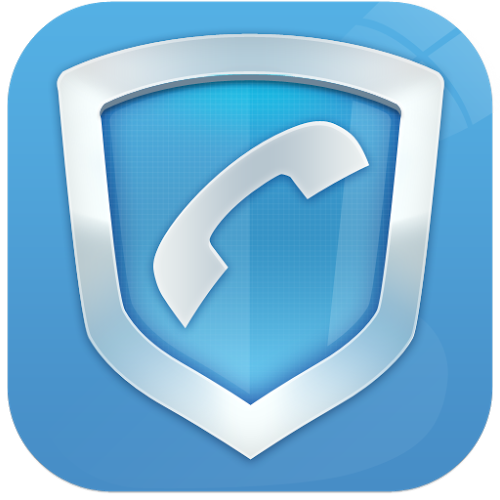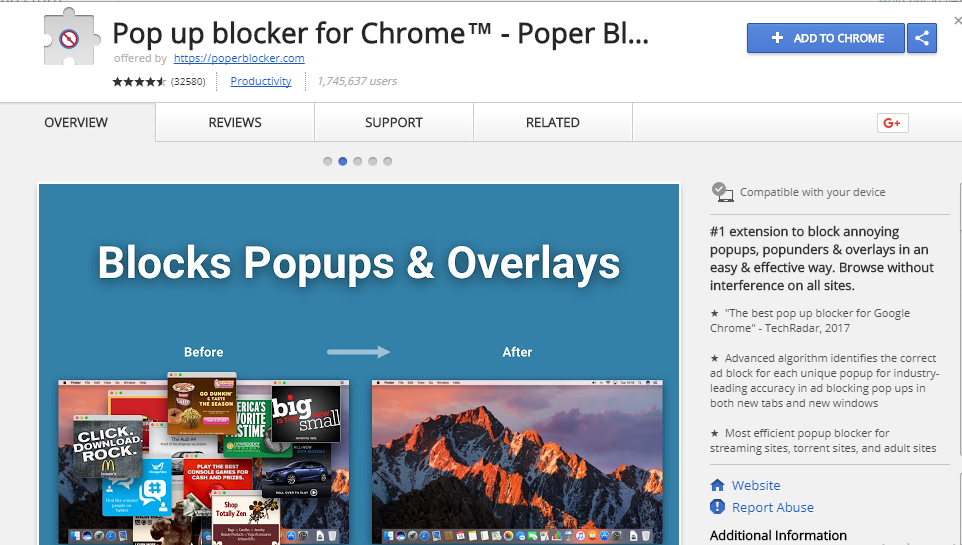


The restrictions do not apply when users save a webpage by clicking File Save page as, or Print Save as PDF.įor more details, see What is Safe Browsing? Step 2: Set the policyĬlick below for steps, based on how you want to manage these policies.And then there’s also the whole deal with Chrome blocking automatic downloads that originate from the same source. These restrictions apply to downloads that are triggered on webpages when users click a download link on the page or right-click a file and choose Save link as. Unset: Defaults to No restrictions, as described above. Blocks malicious files flagged by the Safe Browsing server but does not block dangerous file type. Not recommended, except for special use cases. Uncommon or unwanted files flagged by the Safe Browsing server.Malicious files flagged by the Safe Browsing server.Note: We only recommend setting this policy for organization units, browsers, or users that do not regularly incorrectly identify an entity, such as a file or a process, as malicious. 1-Blocks malicious files flagged by the Safe Browsing server and blocks all dangerous file types.Setting the DownloadRestrictions policy blocks different subsets of these, depending on it's value: For example, all SWF downloads and many EXE downloads.įor more details on these categories, see Google Chrome blocks downloads. Uncommon or unwanted, as flagged by the Safe Browsing server.Malicious, as flagged by the Safe Browsing server.There are many types of download warnings within Chrome that can generally be categorized as follows: If users try downloading dangerous files, they get a security warning that they can’t bypass.


You can prevent users from downloading all files or those that Google Safe Browsing identifies as dangerous. For administrators who manage Chrome browser or ChromeOS devices for a business or school.Īs a Chrome administrator, you can use the DownloadRestrictions policy to prevent users from downloading dangerous files, such as malware or infected files.


 0 kommentar(er)
0 kommentar(er)
